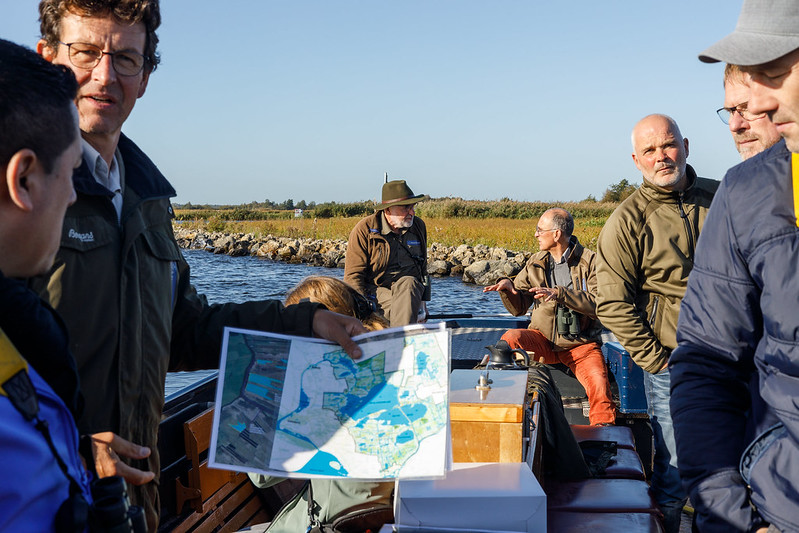Towards a Carbon Credit and Blue Credit Scheme for Peatlands
This is a white paper output with contributions from two Interreg projects: Care-Peat and Carbon Connects.
The aim of this output is to outline the preliminary requirements and steps needed to fully establish frameworks for certification systems across Europe, specifically to support and incentivise the restoration of peatlands and to provide a framework for reducing GHG emissions from degraded and mismanaged peatlands on a large scale. This will ensure that peatlands across Europe fulfil their potential to become a net carbon sink by 2050, while optimising ecosystem service provision in a way that is fully consistent with all the relevant European policies.
The white paper covers the following topics:
- Analysis of current Carbon Credit systems and other incentives to support wet peatlands
- Economic land use analysis relating to peatlands
- Outline of a framework to support rewetting and peatland restoration.
- Recommendations for an Eco-Credit system across Europe
Main Conclusions
- Peatlands can play a key role in reducing greenhouse gas emissions. Financial measures are needed to incentivise peatland rewetting and restoration and to reward those who already maintain peatlands in good condition
- Carbon Credit systems on their own do not effectively support sustainable peatland management practices and restoration. Some key issues of concern are as follows:
- Sale on international markets requires certification to international standards (VCS) which are too expensive for most small peatland areas and the sale of land use projects based in developed nations is specifically excluded from the ETS
- Different socio-economic and environmental conditions characterising peatland areas in EU countries require criteria to fit the regional situation including ownership of peatlands
- The credibility of Credits issued needs to be guaranteed by Governmental regulatory systems or to be accredited to an accepted industry standard
- The current Carbon Credit price is still too low to be attractive without additional subsidies
- There needs to be a major coordinated effort at all levels of governance to quantify the carbon metrics and other PES / RBAPS metrics in order to allow easy access to markets. Some examples of successful Credit systems for peatlands can be found in Europe. However, to reach global climate and biodiversity goals there is a need to extend those to a much larger area than is currently the case. Common guidelines on how to measure and account for Eco (Carbon and Blue) – Credits at EU level are urgently needed to enable Eco-Credits obtained from peatland restoration projects to reach investors and the international markets.
- The costs associated with rewetting and restoring peatlands need to be reflected in the price of associated Eco-Credits
- A shift in the allocation of agricultural subsidies is needed so that agricultural practices on peat soils can be subsidised only if wet-agriculture practices are implemented
- Eco-Credits that account for both GHG emissions reduction and additional ecosystem services may provide more incentive for stakeholders to support peatland restoration than stand-alone Carbon Credits
- Provision of subsidies for peatland restoration and maintenance is required to avoid the “paradox of additionality” and thus ensure that potential ecological benefits are not priced out of the market by unsustainable practices

